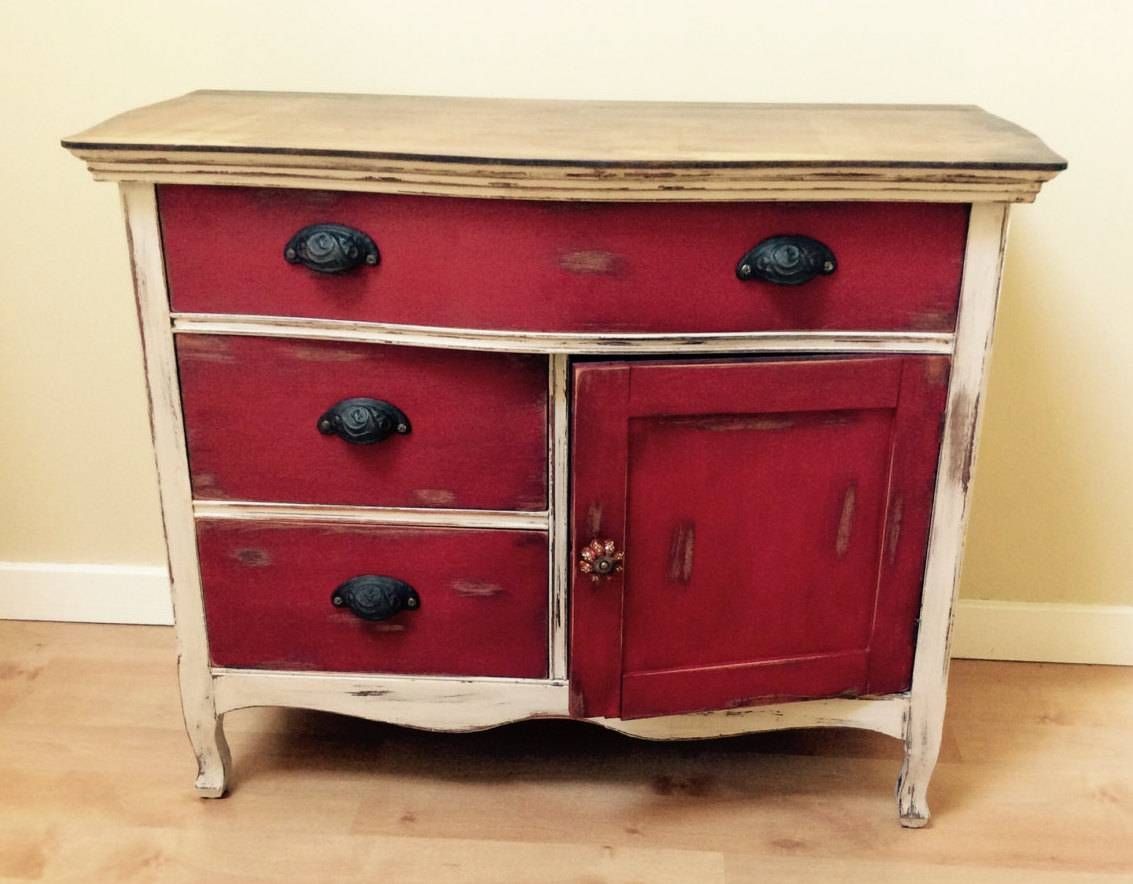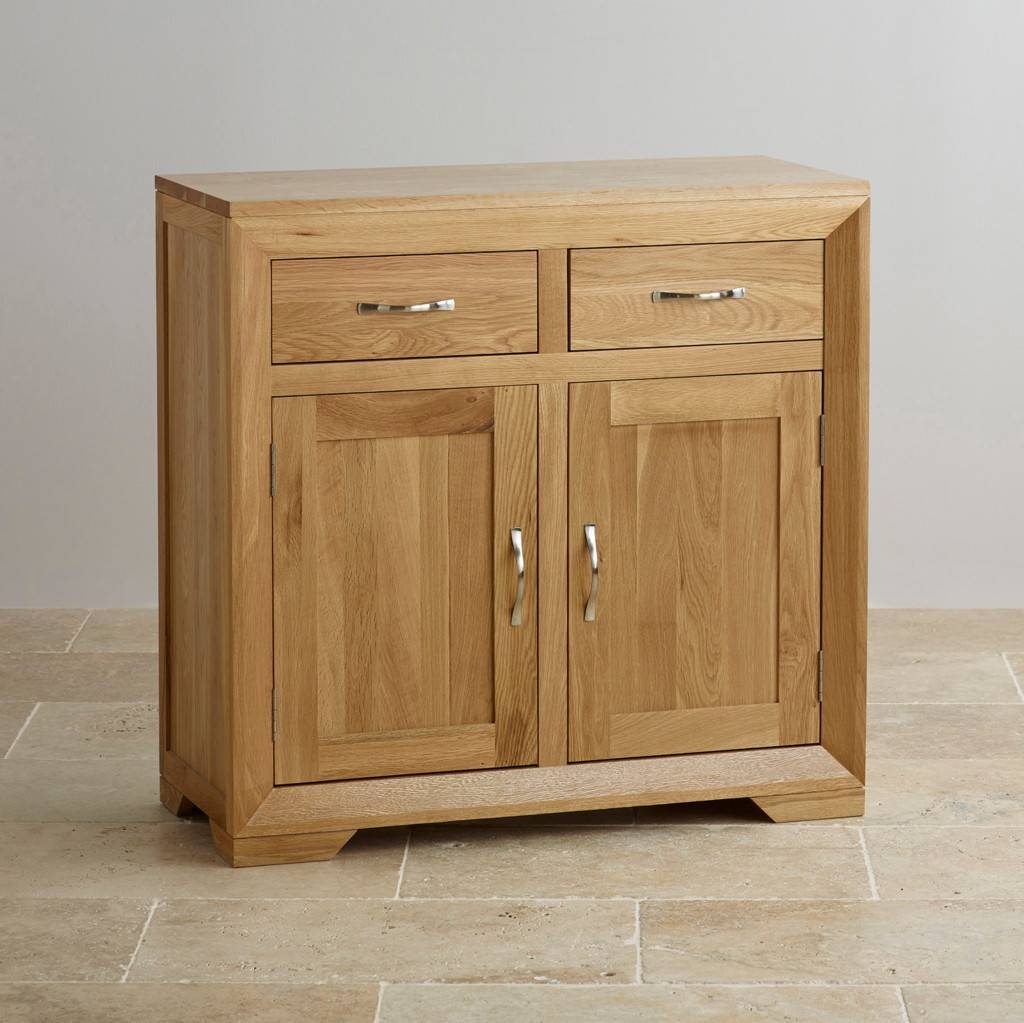Types of Small Sideboards and Cabinets

Small sideboards and cabinets offer a practical and stylish solution for organizing and displaying items in various rooms of your home. They come in a wide range of styles, materials, and features, catering to diverse tastes and needs.
Styles of Small Sideboards and Cabinets
Small sideboards and cabinets can be categorized into different styles, reflecting different design aesthetics and historical influences.
- Traditional: Traditional sideboards and cabinets often feature intricate carvings, ornate details, and rich wood finishes. They exude a sense of elegance and timelessness, often drawing inspiration from historical periods like Victorian or Queen Anne. Examples include sideboards with fluted legs, curved doors, and detailed moldings.
- Modern: Modern sideboards and cabinets prioritize clean lines, minimalist designs, and functional simplicity. They often incorporate materials like metal, glass, or high-gloss finishes. Modern designs emphasize geometric shapes, symmetrical layouts, and a focus on functionality.
- Contemporary: Contemporary styles blend elements of modern and traditional design, creating a more eclectic and up-to-date look. They may feature a mix of materials, textures, and colors, often incorporating bold accents or unique hardware.
Materials Used for Small Sideboards and Cabinets
Small sideboards and cabinets are crafted from a variety of materials, each offering unique aesthetic and practical qualities.
- Wood: Wood remains a popular choice for small sideboards and cabinets, offering durability, warmth, and natural beauty. Common wood species include oak, cherry, maple, walnut, and mahogany.
- Metal: Metal, particularly steel and iron, is often used for modern and contemporary sideboards and cabinets. Metal offers a sleek, industrial aesthetic and can be finished in various colors and textures.
- Glass: Glass is often incorporated into small sideboards and cabinets for its transparency and ability to showcase items within. Glass shelves, doors, or accents add a touch of elegance and modernity.
Features of Small Sideboards and Cabinets
Small sideboards and cabinets offer a range of features that enhance their functionality and versatility.
- Drawers: Drawers provide convenient storage for smaller items like silverware, linens, or electronics. The number and size of drawers vary depending on the specific design.
- Shelves: Shelves offer open storage for displaying items like books, decorative objects, or framed photographs. They can be fixed or adjustable to accommodate different sizes and shapes.
- Doors: Doors provide enclosed storage for items that need to be hidden or protected from dust. They can be hinged, sliding, or French-style.
- Hardware: Hardware, such as knobs, pulls, hinges, and locks, can add a decorative touch and enhance the functionality of small sideboards and cabinets. Hardware styles vary widely, from traditional to modern.
Uses for Small Sideboards and Cabinets

Small sideboards and cabinets are versatile pieces of furniture that can enhance the functionality and aesthetics of various rooms in a house. They offer practical storage solutions while adding a touch of style and sophistication to any space.
Uses in Different Rooms
Small sideboards and cabinets can be used in different rooms to serve a variety of purposes. Here are some examples:
- Living Room: In the living room, a small sideboard can be used to store and display items like books, magazines, remotes, and decorative objects. It can also serve as a stylish base for a TV or a lamp.
- Dining Room: In the dining room, a small cabinet can be used to store tableware, linens, and other dining essentials. It can also be used to display serving pieces or decorative items.
- Bedroom: In the bedroom, a small sideboard can be used as a nightstand, providing storage for books, lamps, and other bedside necessities. It can also be used as a dresser for storing clothes and accessories.
- Entryway: In the entryway, a small cabinet can be used to store shoes, hats, and other items that need to be kept organized and out of sight. It can also serve as a decorative element to welcome guests.
Storage and Organization
Small sideboards and cabinets offer a multitude of storage and organization options. They can be used to:
- Store and organize frequently used items: Items like remotes, chargers, stationery, and toiletries can be stored neatly within the drawers and shelves of a small sideboard or cabinet, keeping them easily accessible.
- Display decorative items: Small sideboards and cabinets with open shelves or glass doors can be used to display decorative items, such as photos, sculptures, or vases, adding visual interest to the room.
- Keep items hidden away: Items that you don’t want to display, such as extra linens, blankets, or seasonal decorations, can be stored away in the closed drawers or cabinets, keeping the room tidy and organized.
Complementing Interior Design Styles
Small sideboards and cabinets can complement a wide range of interior design styles, adding a touch of elegance and practicality to any space. Here are some examples:
- Modern: A sleek, minimalist sideboard with clean lines and simple details would complement a modern interior design style.
- Traditional: A more ornate sideboard with carvings, embellishments, and dark wood finishes would be a suitable choice for a traditional interior design style.
- Rustic: A sideboard made of reclaimed wood or with a distressed finish would complement a rustic interior design style.
- Contemporary: A small cabinet with geometric shapes and bold colors would be a perfect fit for a contemporary interior design style.
Buying Guide for Small Sideboards and Cabinets

Choosing the right small sideboard or cabinet for your needs can be a rewarding experience. With careful consideration of factors like size, style, material, and budget, you can find the perfect piece to enhance your home decor and provide valuable storage solutions.
Size and Style Considerations
The size and style of a small sideboard or cabinet are crucial factors to consider, as they directly impact the functionality and aesthetics of your space. To ensure a harmonious fit, it’s essential to measure the available area and consider the existing decor.
- Measure the available space: Before purchasing a small sideboard or cabinet, measure the width, depth, and height of the area where you plan to place it. This will help you choose a piece that fits comfortably without overwhelming the space.
- Consider the room’s style: Choose a small sideboard or cabinet that complements the existing decor. If your room has a modern aesthetic, opt for a sleek and minimalist design. For a traditional setting, a more ornate piece with intricate carvings or detailing would be appropriate.
- Think about the intended use: The purpose of the small sideboard or cabinet will influence its size and style. If you need a piece for displaying decorative items, a smaller and more open design might be ideal. For storing larger items, a larger cabinet with closed doors would be more suitable.
Material Choices
The material of a small sideboard or cabinet plays a significant role in its durability, aesthetics, and price.
| Material | Pros | Cons |
|---|---|---|
| Wood | Natural beauty, durability, versatility, can be refinished | Can be expensive, susceptible to scratches and dents, requires regular maintenance |
| Metal | Durable, resistant to scratches and dents, easy to clean, modern aesthetic | Can be heavy, may rust or corrode, can be cold to the touch |
| Glass | Elegant, allows for display of items, easy to clean | Fragile, can be scratched easily, may not provide adequate storage |
| Plastic | Affordable, lightweight, easy to clean | Not as durable as other materials, can be easily scratched, may not be as aesthetically pleasing |
Budget Considerations
Setting a budget before shopping for a small sideboard or cabinet is essential to ensure you find a piece that fits your financial constraints.
- Define your budget range: Determine a realistic budget based on your financial situation and the desired features of the small sideboard or cabinet.
- Explore different price points: Research prices of various small sideboards and cabinets to get a sense of the market and identify options that align with your budget.
- Consider resale value: If you’re looking for a long-term investment, choose a small sideboard or cabinet made of high-quality materials that will retain its value over time.
Additional Considerations
Beyond the core factors of size, style, material, and budget, several additional considerations can help you make an informed decision.
- Functionality: Consider the specific storage needs you have and choose a small sideboard or cabinet with features that address them. For example, drawers for smaller items, shelves for books or decorative objects, or doors for concealing items.
- Hardware: The hardware, such as knobs or pulls, can significantly impact the aesthetics and functionality of a small sideboard or cabinet. Choose hardware that complements the style of the piece and provides a comfortable grip.
- Assembly: If the small sideboard or cabinet requires assembly, consider the complexity of the process and whether you have the necessary tools and skills. Alternatively, you may want to consider purchasing a pre-assembled piece.
- Warranty: A warranty can provide peace of mind, as it protects you against defects in materials or workmanship. Check the warranty terms and conditions before purchasing.
Small sideboards and cabinets are versatile pieces that add both functionality and style to a room. They can be used to store anything from dishes and linens to books and decorative items. If you’re looking for a way to showcase your favorite trinkets, consider adding a small knick knack cabinet to your sideboard.
These cabinets offer a charming way to display your treasures while keeping them organized and dust-free. Whether you prefer a rustic, modern, or traditional aesthetic, there’s a small sideboard or cabinet to complement your style.
Small sideboards and cabinets offer a touch of elegance and practicality to any space. They can be used to store items like china, linens, or even books. For a touch of warmth and sophistication, consider a cherry wood sideboard, especially if you’re planning to pair it with cherry cabinets with blue walls.
This classic combination creates a sense of timeless style. Small sideboards can be found in various sizes and styles, allowing you to find the perfect fit for your home.